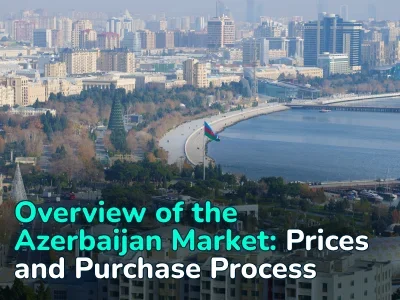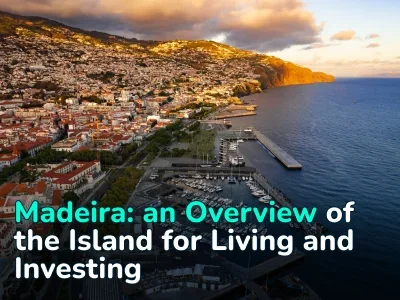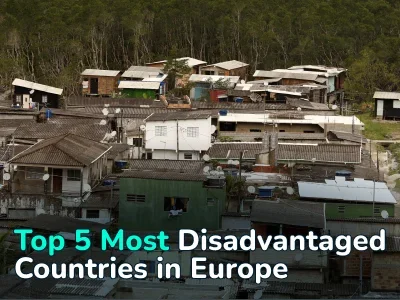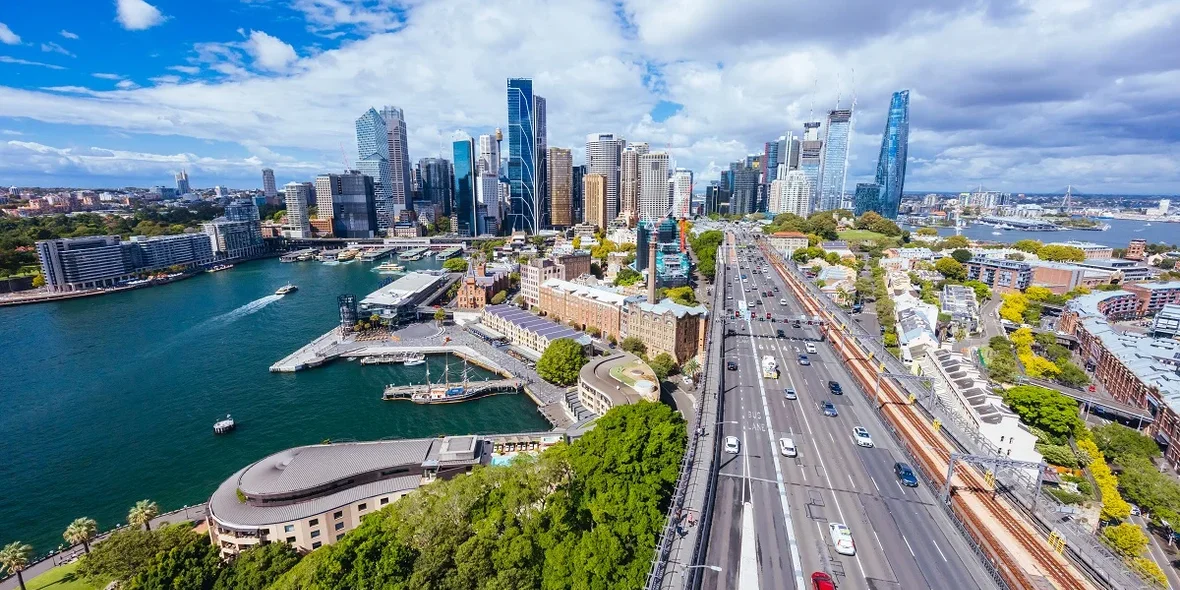
From Siberia to Melbourne: Moving, Pregnancy and Childbirth
Evgeniya, a 36-year-old internet marketer from a Siberian city, moved to Melbourne a year and a half ago. In this interview, she shares her experiences of immigration, pregnancy, and childbirth in Australia. Evgeniya talks about the process of moving and obtaining a partner visa, life in the suburbs of Melbourne, the peculiarities of Australian medicine, and the cost of living in this country.
In Melbourne, 35% of the population are immigrants from all over the world.
Moving to Australia
— My name is Evgenia, and I am 36 years old. I am a freelancer, internet marketer, and promoter of Instagram accounts. I mainly write scripts for stories and reels.
I was born in Siberia, in the small town of Bratsk. Later, she moved to Novosibirsk and then to Australia.
I have been living in Melbourne, Australia, for a year and a half, since December 2022. Basically, my entire emigration was due to the fact that I married a foreigner with Australian citizenship who was already living here. That's why I didn't choose the city.
Melbourne is the southernmost metropolis in the world, and the cold from Antarctica is very felt here. Plus, the city is also surrounded by mountains. Accordingly, the weather is very changeable: one day there can be both rain and sun. But generally, of course, it is much colder here than in any northern cities such as Sydney, Brisbane, or the Gold Coast. There is also the northernmost city, Darwin, where real heat reigns — this is already the tropics.
We live in the suburbs of Melbourne. There is a CBD (Central Business District) — this is the city center. Not far from it, there are suburbs that can also be called central. We live 30 kilometers from the city, or 30 minutes by car. Life here is calmer — one might say, village life. Everyone lives in their own houses, as, in fact, in almost all suburbs.

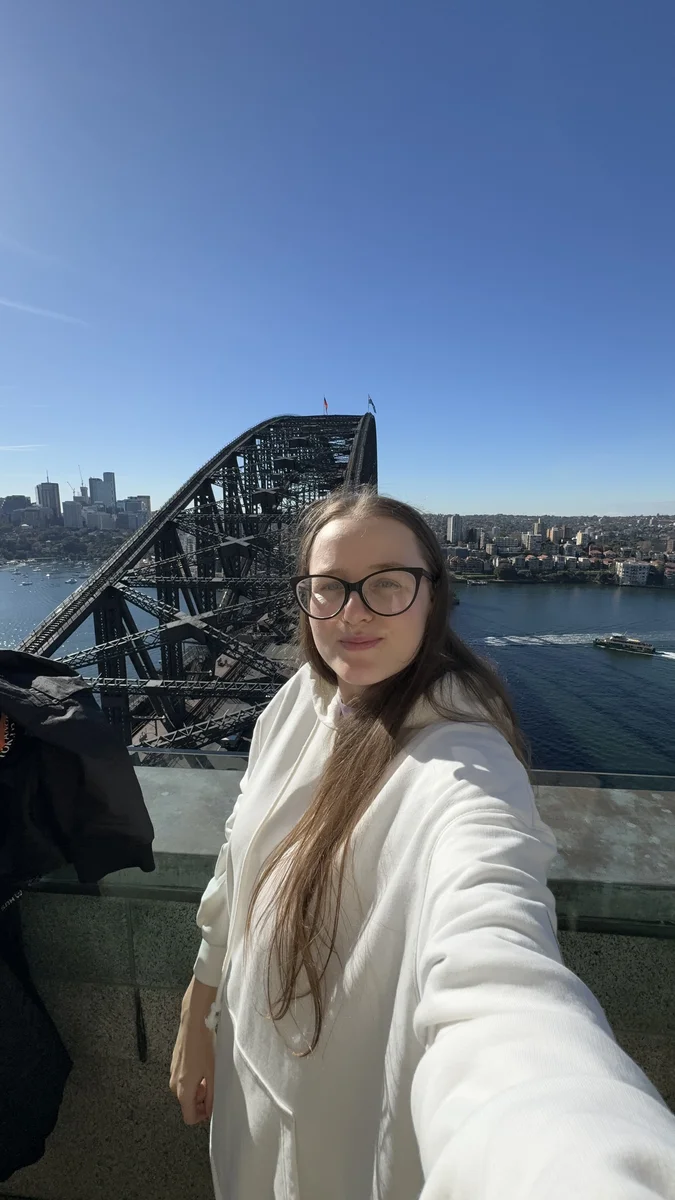
— My immigration story, as I have already begun to tell, is connected with marriage. This process is not simple, but quite understandable. Australia welcomes immigration by marriage. A partner visa costs 8 thousand Australian dollars, which is approximately equal to 5300 US dollars. The waiting times are usually long, but we were lucky — my husband filled out the documents very well, and we were given a visa in less than six months. This happens quite rarely.
The main goal of local immigration policy is professional immigration. The state attracts talents — a workforce with high skills — that is, specialists with professions in demand here. However, I often hear that it has become more difficult to move now, including for students and IT workers, since arriving immigrants have caused the current housing crisis in the country.
Adaptation in the Country
— For me, adaptation is very difficult. I didn’t expect this, because I had the impression (I think not only me) that in developed countries everything is very cool and advanced. But here my expectations collided with reality, and it turned out that Russia is ahead in many issues. This applies, among other things, to banking applications, services, and maintenance in a variety of areas.
Plus, the lifestyle itself in the suburbs is unusual for me. I've always lived in the city. Here, I also live in Melbourne, but quite far from the center — in a year and a half I was there only 5 times. But this is due to the fact that I became pregnant almost immediately after arriving (a month later), and now I am spending time with the child.
Of course, if you live an ordinary life, you can go to the center more often because there is a metro here. But public transport, especially buses, runs very rarely. If you are late, you will have to wait 30–40 minutes or go to another stop, where you may also have to wait. Therefore, you need your own car here.
It was also difficult for me to get used to the monotony of the suburbs. Single-story buildings predominate here, and houses in all areas look very similar.
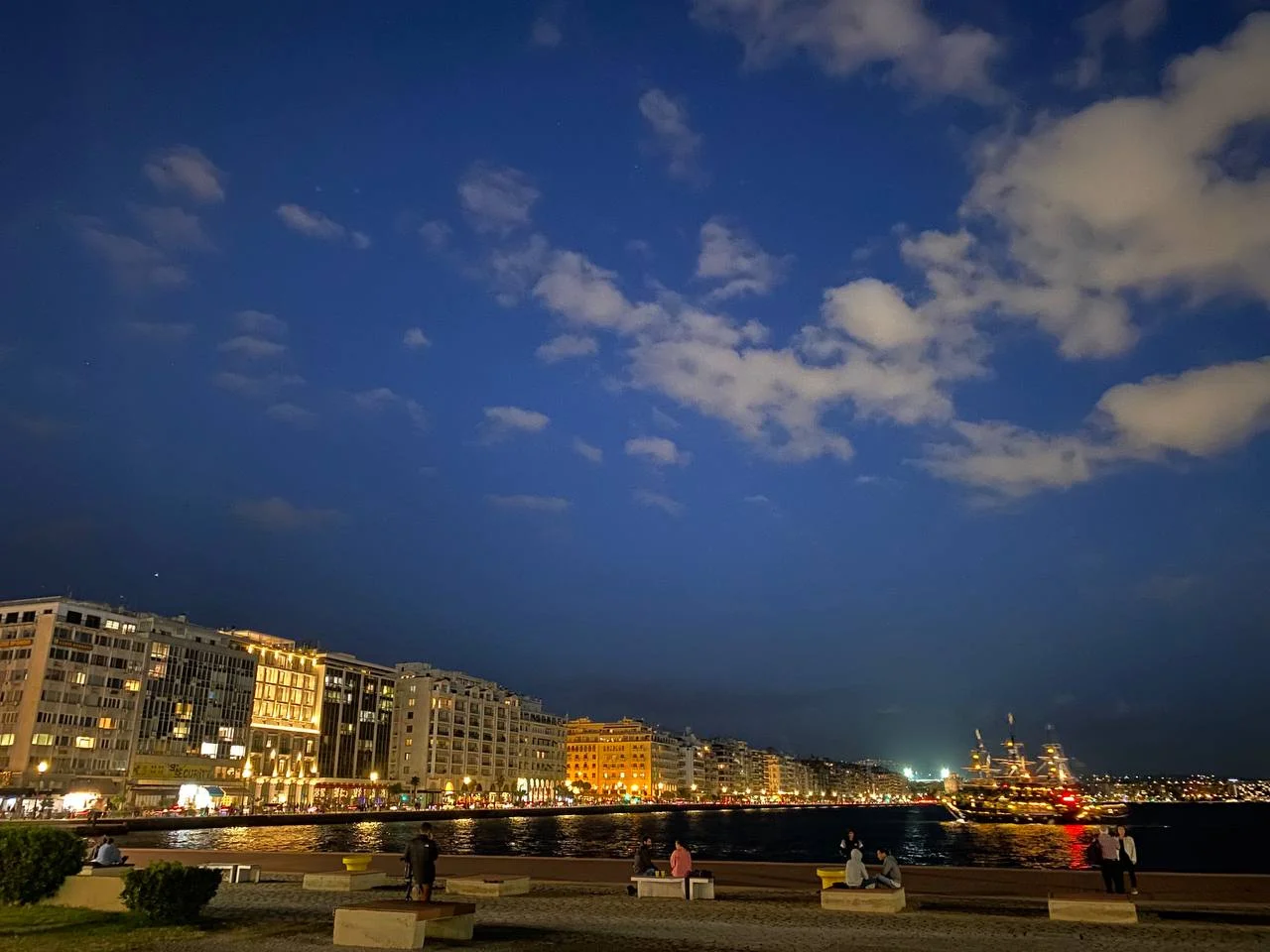
— As for our region, it is, of course, good for foreigners. In Melbourne, 35 percent of the population are immigrants from all over the world. There are a variety of cuisines for every choice, and there are all kinds of shops where you can find any product, including cottage cheese. Of course, you need to know where to look, but everything is real.
Due to the fact that there are many immigrants here, the attitude of the local people towards them is very loyal. It's easy to adapt because you don't feel alone. It may be different in other cities, but Melbourne is a truly multicultural city.
In terms of culture and activities, Melbourne is more interesting than other cities. There is an active theatrical life here; there are museums, and world-class sporting events are held, such as the Australian Open tennis tournament and horse racing at the hippodrome. We can say that this is the cultural center of Australia.
Real Estate and Rental
— As for housing, I immediately moved to my husband’s house, which he bought with a mortgage.
Due to the current crisis in the market, real estate prices have increased greatly, and the mortgage interest rate has increased approximately fourfold: if previously it was about 2%, it is now 8% and higher. Gas and electricity prices also jumped.
By the way, in Australia, there is no fixed mortgage interest rate for the entire loan term. You can fix the rate for a few years when the situation is stable, but if you take out a 30-year mortgage, the percentage will constantly change in accordance with the refinancing rate.
The process of buying real estate here is quite complicated. When a house is put up for sale, a banner is hung next to it with photos of the house and the agent's name and phone number. Signs are placed around the area with information about home showings. They also advertise on the website. And sometimes they even personally visit their neighbors and invite them to viewings.
There are also often auctions where you make an offer in real time. Once you have made a proposal, you cannot simply change your mind — in this case, you will have to pay a fine. Here this process is taken very seriously, as sellers refuse other buyers because of your offer.
Also, when buying an apartment or house in Australia, you need to pay large sums for processing the transaction. For example, my husband paid about 12 thousand dollars (7950 USD) for checking its legality and other procedures.
In the rental market, contracts are usually for a year, and fees are charged on a weekly basis. Prices, of course, vary depending on the area. Renting a two-bedroom house in our area (here properties are counted based on the number of bedrooms), based on current listings, costs about AUD 400 per week (USD 265).
And one more important point: the purchase and rental of real estate here occur only through an agent.
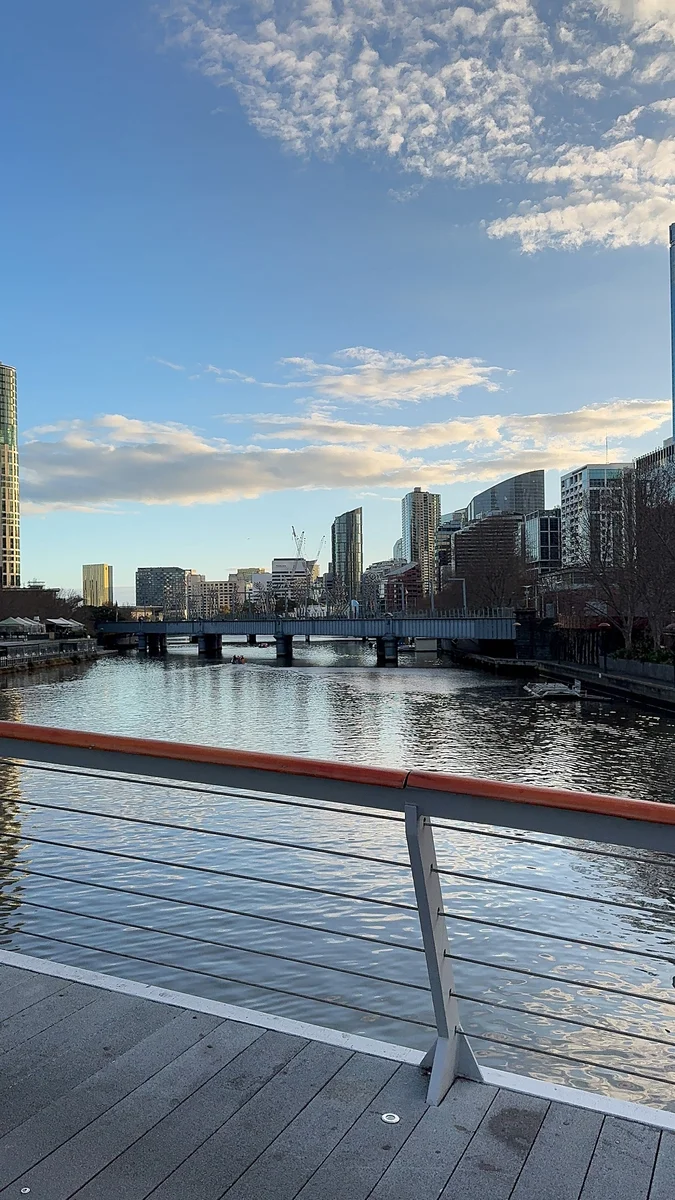
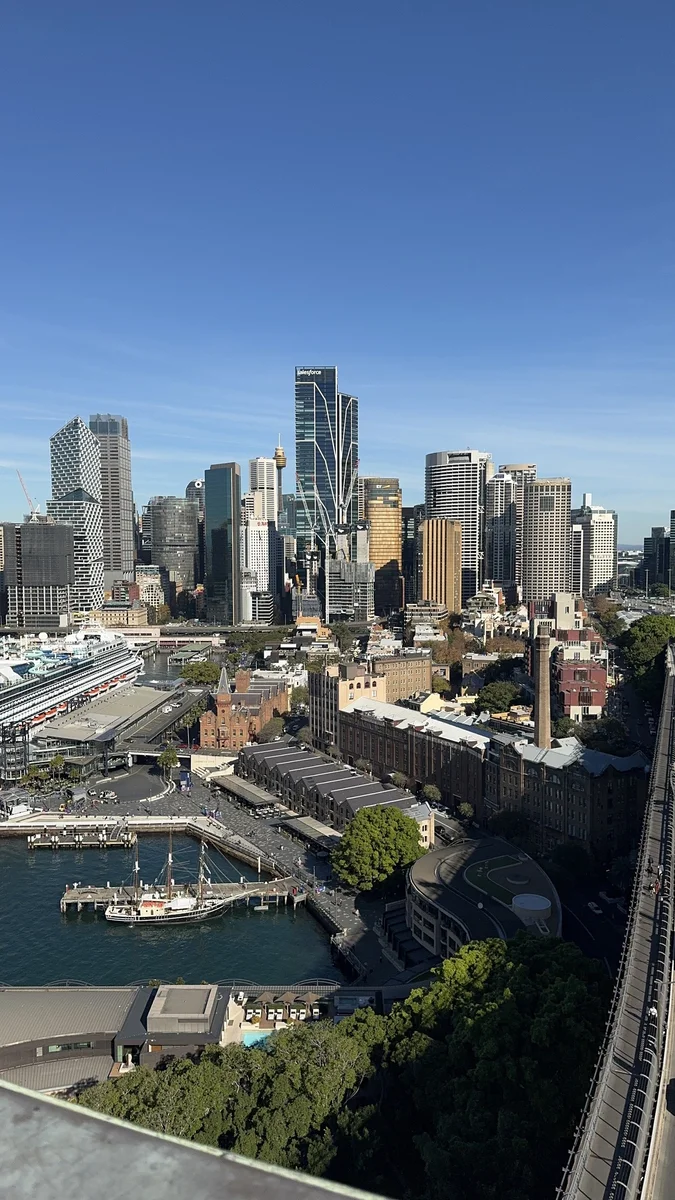
There is a more relaxed approach to medicine here.
Pregnancy in Australia
— Let me start with the fact that in Australia, the medical system is completely different from the one to which we are accustomed. In the countries of the former CIS, pregnant women are fully examined and registered, tests are prescribed, and everything is double-checked. I'm a bit of an anxious person, and I felt uncomfortable because things were different here.
Another difference: here, a gynecologist and an obstetrician are different specialists. In Russia, this is usually one specialist — an obstetrician-gynecologist. Here, a gynecologist deals with diseases and examinations of the female genital organs, and an obstetrician deals with childbirth. There are also midwives, — these are mid-level medical staff who help during childbirth. The doctor is not present at birth in principle (only in cases of complications).
Overall, there is a more relaxed approach to medicine. For example: during my entire pregnancy, I was never examined in a gynecological chair, and after childbirth, too. I met with the doctor once online and twice offline at the end of pregnancy, and then according to indications. If everything is fine with you, you will only see the obstetrician once, and only midwives will be present at the birth. The rest of the time, you meet with a general practitioner (GP). You cannot take tests without his appointment.
Cost of Childbirth in Australia
— Since I have a partner visa, I have access to government insurance. I also have a private one, but it does not cover childbirth (it costs much more).
If you want to give birth with private insurance that covers the birth, you need to plan your pregnancy accordingly. The fact is that such insurance is paid monthly, but it has a waiting period. For example, for pregnancy, it is a year. That is, you pay for insurance for a year, and then it will be able to cover your pregnancy.
For comparison: for private insurance without pregnancy coverage, my husband and I pay about 300–350 local dollars per month. And with coverage, it would cost 10,000 AUD (6720 USD) per year for two, or 833 AUD per month.
Under state insurance, healthcare is mostly free, but due to inflation, the situation has worsened slightly. Now there is a “gap fee” — this is the difference between the cost of the service and what the state pays. This is due to the fact that, due to inflation, medical institutions increase the cost of services, and the state covers a smaller part. But you can find therapists who work entirely under state insurance.
Pregnancy ultrasounds are only partially covered by government insurance. They cost about 200 local dollars, and a maximum of 60 of them are covered. This is probably the most significant expense during pregnancy. During the entire birth, I spent 1,500 dollars (about 995 USD) on tests that were not covered, on an ultrasound, and, apparently, on vitamins.
After the first ultrasound, after about 12 weeks, you are referred to a public hospital. You can choose it based on your place of residence.
When you give birth for free, you are not assigned a specific doctor, and you do not know who will deliver the baby. This did not bother me, but if this is important to someone, then they should consider the option of giving birth with private insurance.
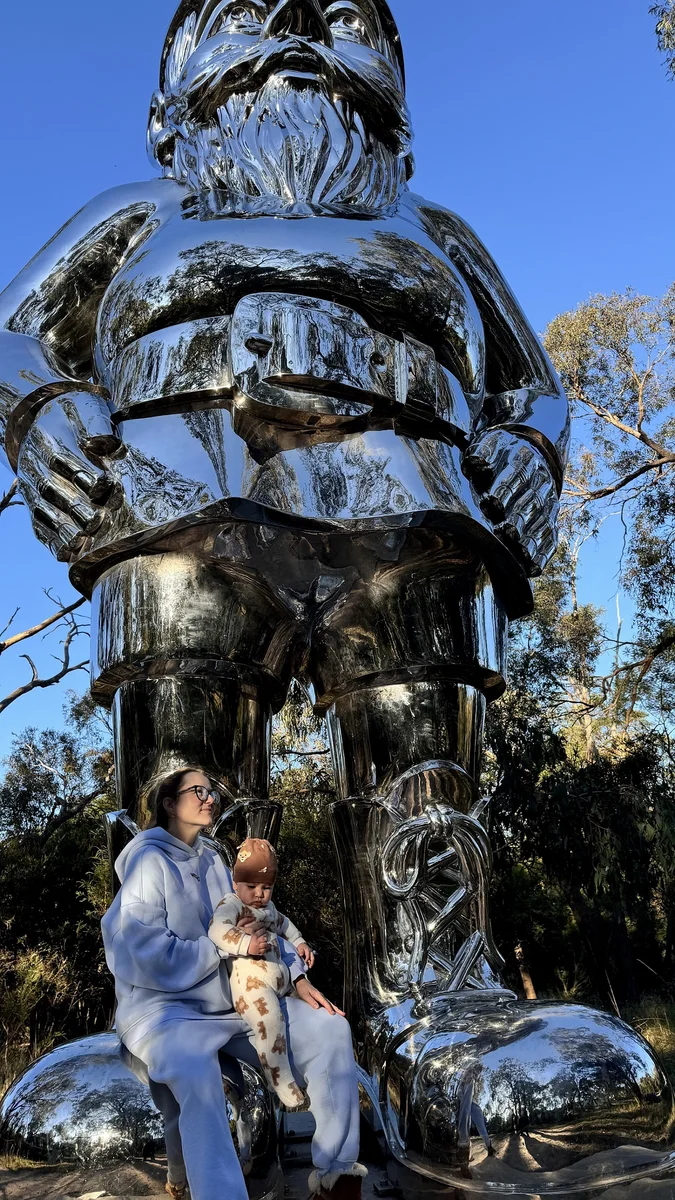
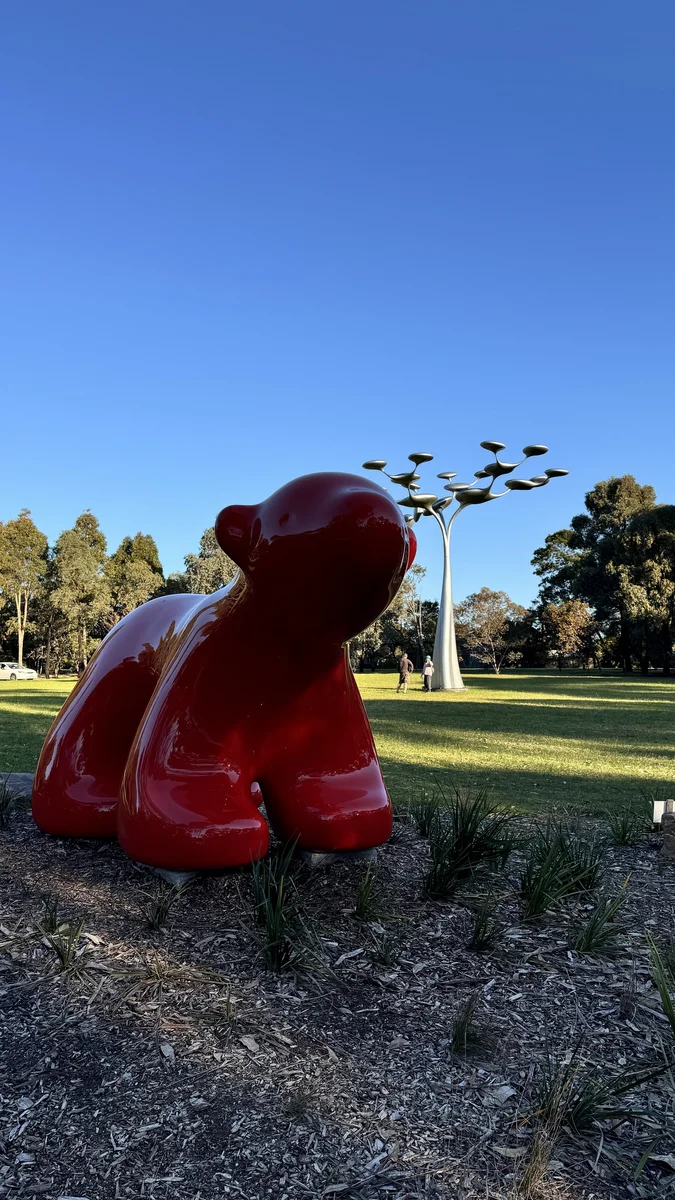
Childbirth in Australia
— I gave birth by caesarean section. It is curious that during a caesarean section, one accompanying person is allowed to be present for support — a support person. During a normal birth, you can have two attendants, but during a caesarean birth, you can have only one. I had my husband with me, who was by my side all the time, even when I was given an injection. He held my hand and distracted me with conversations. It was a very good experience.
Another difference is that they try to bring the cesarean process as close as possible to natural childbirth. Immediately after birth, the baby is dried, checked, and placed on the mother's chest. You don't separate from your child. If it is difficult for you, they can take him to a special box, but only if you cannot care for him.
The birth went well. I was nervous because my milk didn't come in right after. I had a reaction to the painkiller; I was itchy and on edge. It was difficult for me to be nice and smile, but no one here will be rude to you or say anything bad. Everyone is very understanding, supportive, and patient. Therefore, after giving birth, I became more accepting of this country.
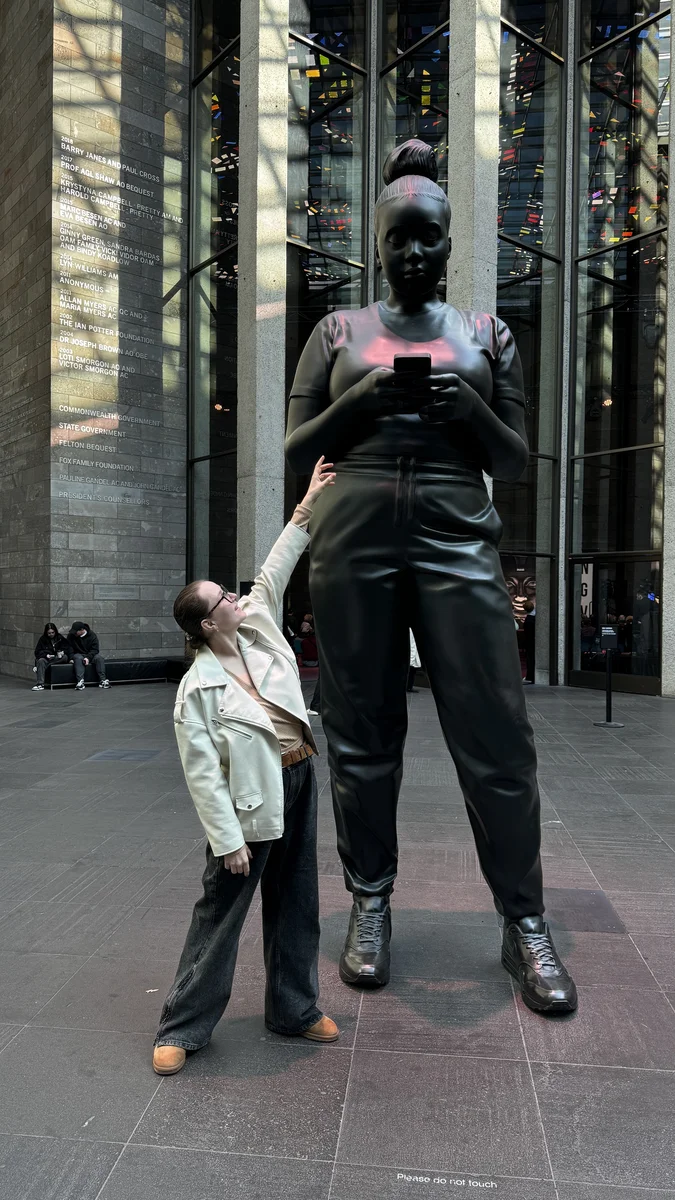
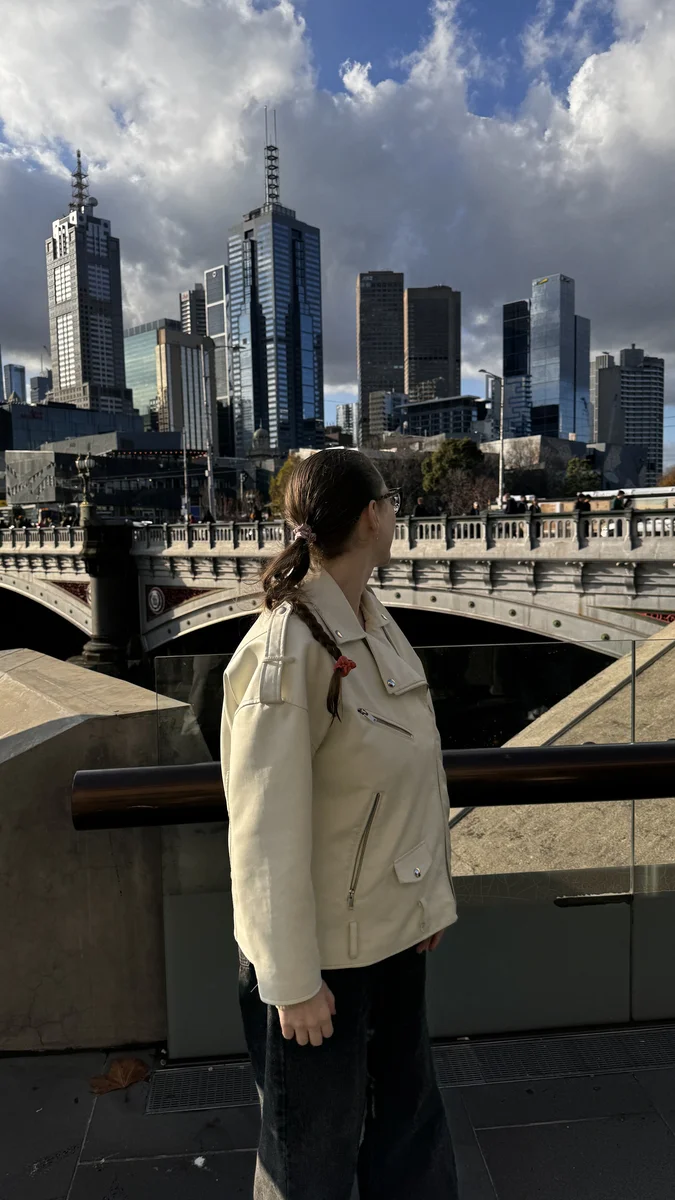
— In Australia, they ask how you will feed your child. If you don't want him to be supplemented with formula, then so be it. They will help you organize breastfeeding — there are lactation consultants in hospitals.
There were two people in my room. The room is not very large, but there are curtains that can be used to completely isolate yourself, creating personal space. There is also a sink, toilet, and shower. The bed is controlled from a remote control, and there is a button to call a nurse for any question.
Nurses can help change diapers and take full care of your baby if you ask. The food in the hospital is delicious — three times a day.
After a natural birth, you spend one night in the hospital, after a cesarean birth, you spend two nights.
After discharge, nurses come to your home twice, and then schedule personal visits on a specific schedule until the child is three and a half years old. In 9 months we saw a doctor only once — at 6 weeks, we had an appointment with a therapist. We never saw a pediatrician. We visit the nurse all the time. There is a hotline of nurses who are knowledgeable about children and know what to do. If the situation is serious, theyrefer itr either to the emergency department or to a primary care physician.
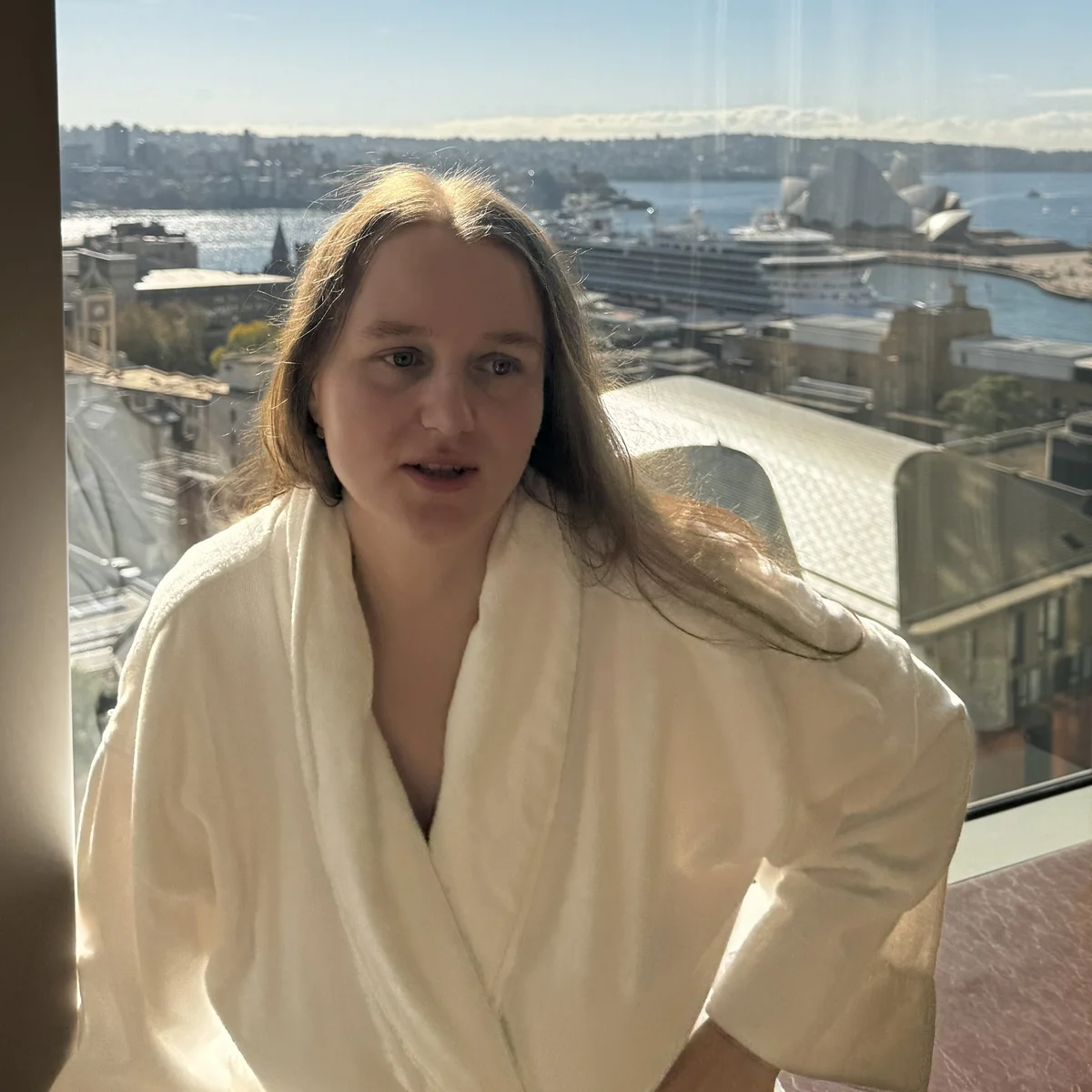
— The system of work for therapists is set up completely differently. They don't heal here. Got a cold? Get plenty of rest and take paracetamol. Does something hurt? Rest and take paracetamol. Here, you need to look for a good therapist who will be interested in prescribing tests if they are really needed. Fortunately, we have now found one.
In emergency departments, the situation is this: you are admitted not in order of priority, but in order of the complexity of the case. That is, if, while you are sitting, more important, priority patients arrive, then you will constantly move back in line. For example, we waited with a baby for 3 hours.
Then I found out that there is a “primary care” system for families and children so that they do not have to wait in line at the emergency room. There, we were received within half an hour.
The vaccinations here are all free, according to the schedule. I don’t know if it’s possible to refuse them, but everyone here is very responsible about this issue.
There is also a huge focus on the mental health of new mothers, especially due to postpartum depression. They also constantly ask at receptions about abusive relationships with families. This applies not only to physical violence, but also to financial control, for example. They tell you where to go and what to do in such cases.
As far as I understand, maternity leave here lasts six months (if the company is ready to wait for you, then maybe more). If you worked, payments are provided that depend on the company. But since I didn’t work, we tried to apply for payments from the state. But it turned out that the state pays something only if the total family income is less than 75,000 AUD per year (about 50,000 USD).

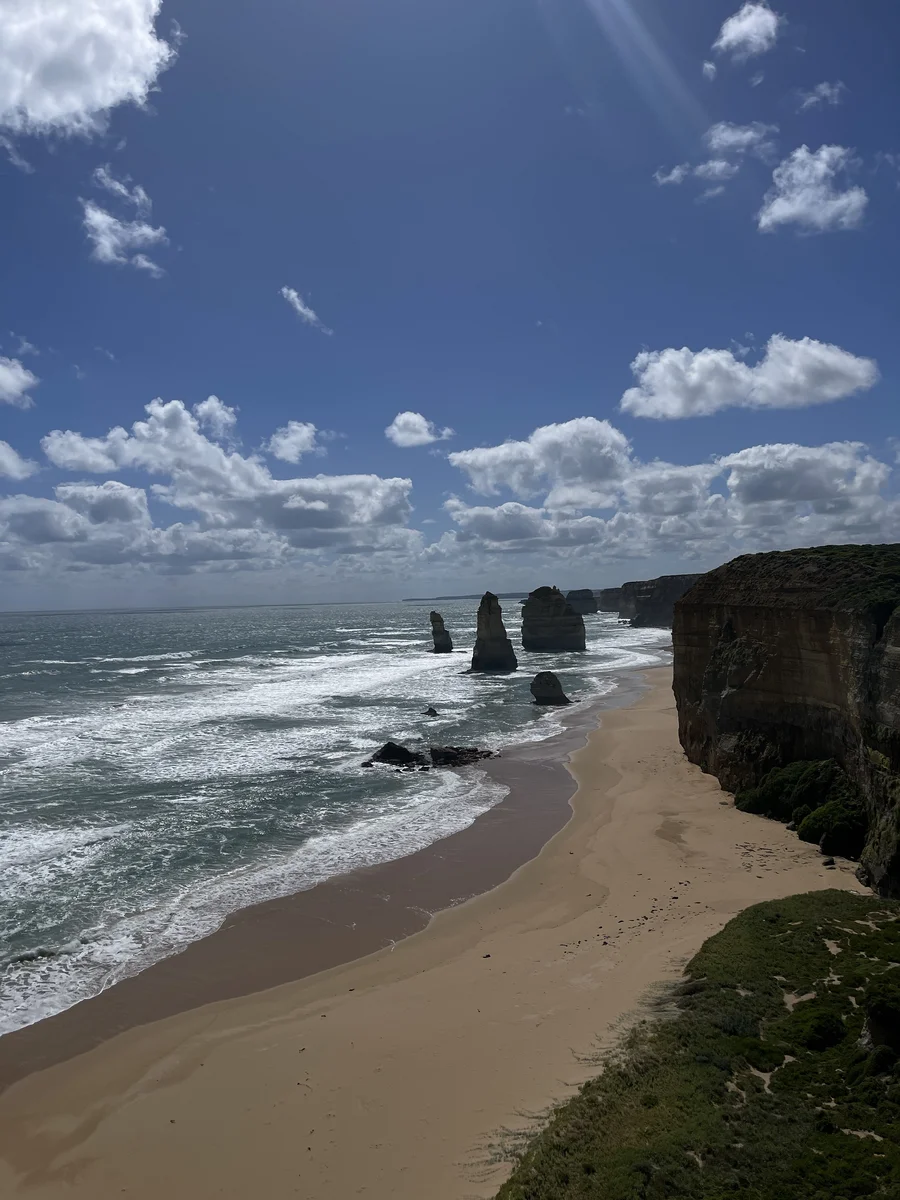
Obtaining Citizenship
— In Australia, there is no law on obtaining citizenship for a child by right of the land, as in Russia, the USA, or Argentina, for example. Here, you can obtain citizenship only by right of blood. That is, one of your parents must be a citizen.
If one of the parents has Australian citizenship, then you just need to fill out the form, send it by post, and the child's passport will come back in the same way. The fee for its registration costs approximately 200–250 dollars.
To obtain Australian residency, I needed to live here for two years from the date I applied for the partner visa. After another two years, it will be possible to apply for citizenship.
What does citizenship give? Basically, if you have a PR (permanent residence permit), then you have all the same rights as a citizen, just without the ability to vote. The advantage of an Australian passport, of course, is the ability to travel freely — there is no visa to 191 countries in the world (Russia is not included in this list).
In terms of living with a child, Australia is a very comfortable country.
Pros and Cons of Living in Australia
The main thing I like here is nature and tranquility. There is a generally healthier rhythm of life here: you wake up early in the morning, go to bed early, and there are no bright signs or noisy nightlife. I noticed that I myself became less anxious. Previously, I always expected some kind of negativity from others, but here, people mostly radiate positivity.
Of course, this doesn't mean Australia is the land of unicorns. Here, as elsewhere, there are different people, especially given the large number of immigrants from all over the world. There are also dangerous elements of society, such as homeless people, drug addicts, and alcoholics, but their number depends on the specific area and time of day.
Other advantages include the climate, the ocean, good roads, clean streets, and the availability of fresh vegetables and fruits all year round. There are strict quality standards not only for food, but also for children's products, which ensures their safety. However, this also results in limited product variety.
In terms of living with a child, Australia is a very comfortable country. Firstly, everyone here loves children. In public transport, there are special seats for them, and passengers are required to give way to them; otherwise, they will face a fine.
Australia generally actively supports motherhood and parenthood. Parent groups are organized here by region for families with children of the same age. There are free government programs to solve sleep problems in children, including the opportunity to live with the child in special centers to teach the correct routine. Free lectures on first aid for infants are held, and play groups are organized for parents with children.
Free kindergartens are available from the age of three, and the state provides partial compensation for the payment of private gardens. Education in public schools is free from the age of five, although there are also private ones. They say that children here go to school with pleasure. There is no negativity or bullying from teachers, and this is also suppressed among teenagers.
The availability of free medicine is also a significant advantage, especially compared to countries where such a system does not exist (like the USA, for example).
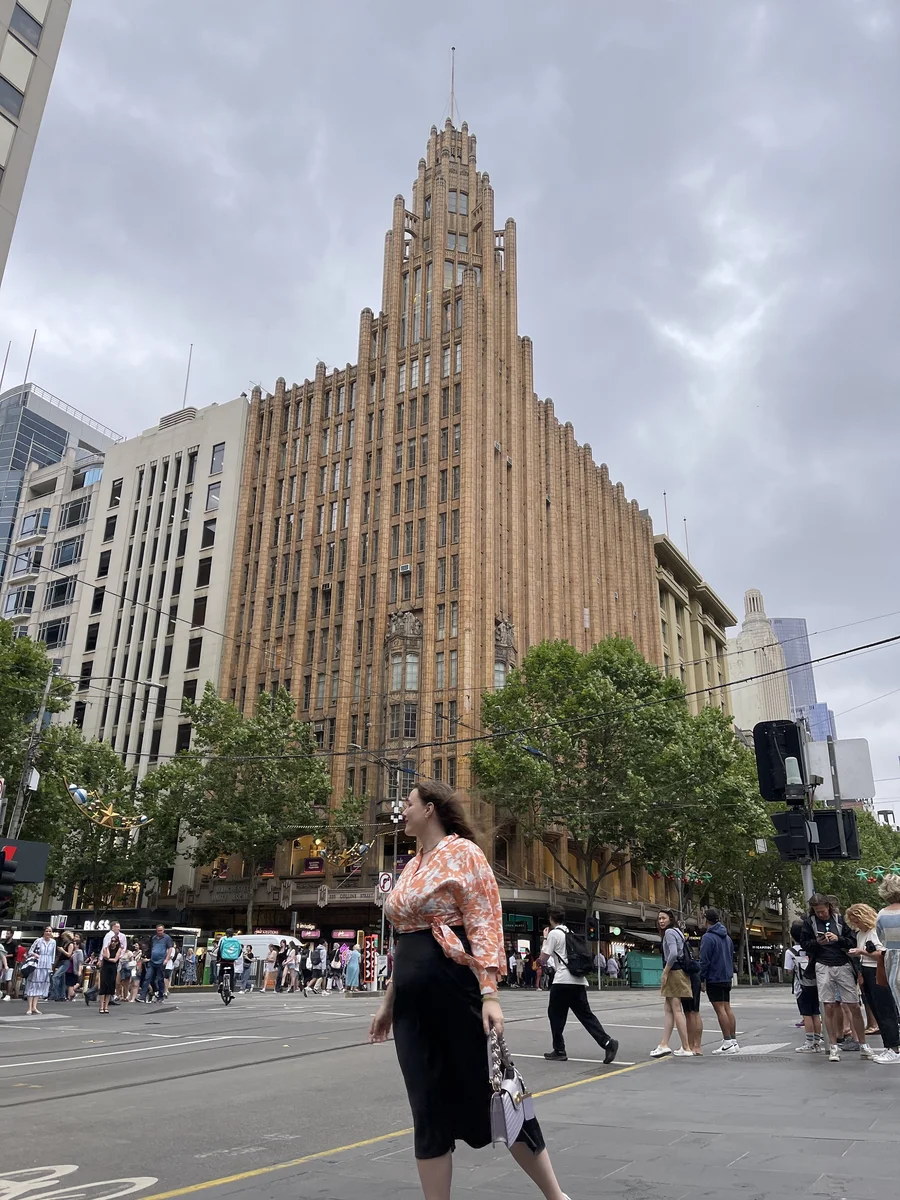
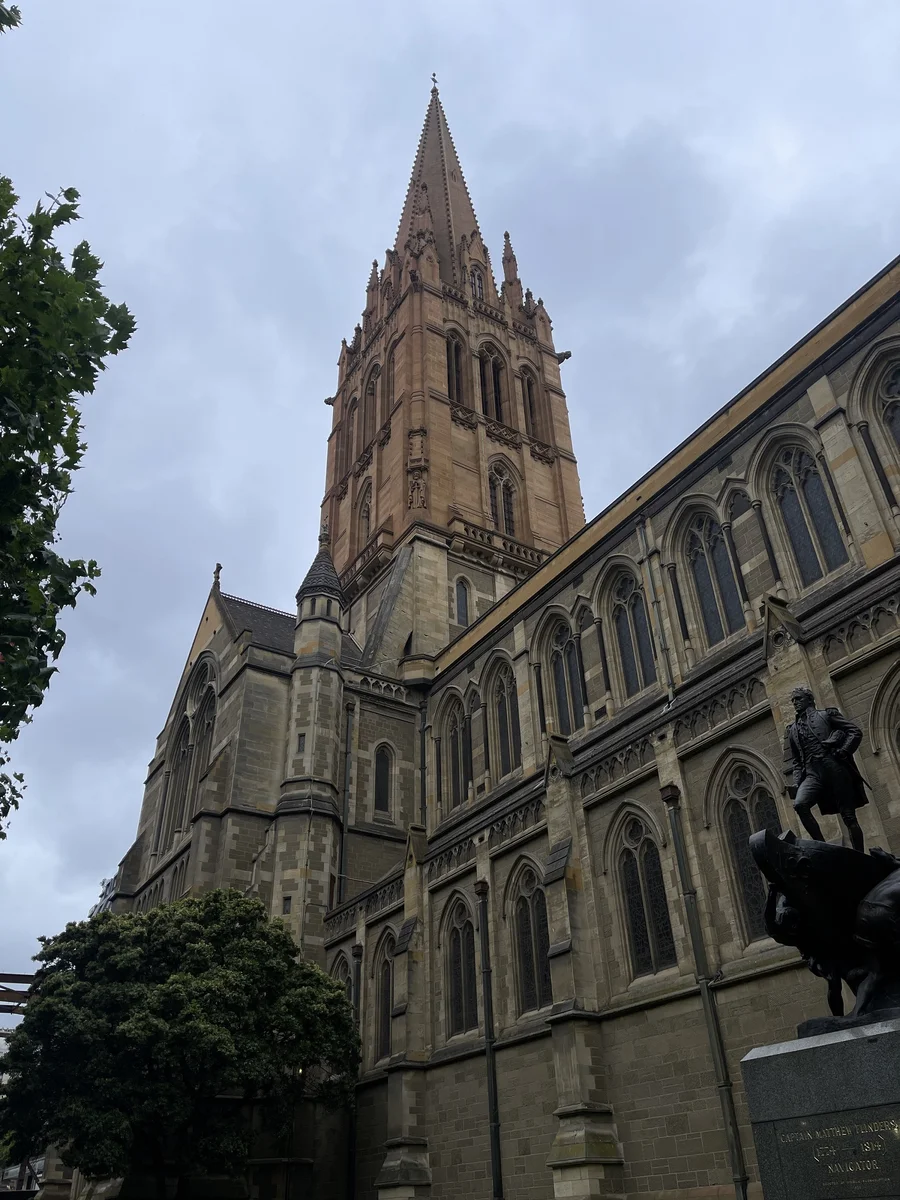
— However, life in Australia also has its downsides. I have a feeling of discomfort and fear on the streets, as they are quite deserted. This is especially true in the suburbs, where there is often not a soul around. It seems like you could be kidnapped and no one would even be around.
Another disadvantage is that everything closes early in the evening. For example, shopping centers are only open until 5 pm on weekends. On the other hand, it ensures equal opportunities for rest for all employees.
The downside is that medical care here is very slow. Everything needs to be done through a therapist; you can’t quickly go and get tested so that you can receive the results by email in the evening. You just have to wait.
The same goes for making an appointment with a doctor. For example, I was given a referral to a gynecologist, with whom I was able to make an appointment only on August 2 (by calling on June 15). Of course, you can find another gynecologist, but the point is that the therapist gave a referral to a specific specialist. That is, in order to make an appointment with another gynecologist, I need to go to the therapist again and get a new referral. This is not very convenient.
Another disadvantage is the difficulty of finding a first job. Without Australian experience, they don’t want to hire you here, no matter who you were before in any other country. For example, when my husband arrived, he had been looking for a job in his specialty for 8 months, despite the fact that he was a professional immigrant, that is, he moved on a work visa with a profession in demand in Australia.
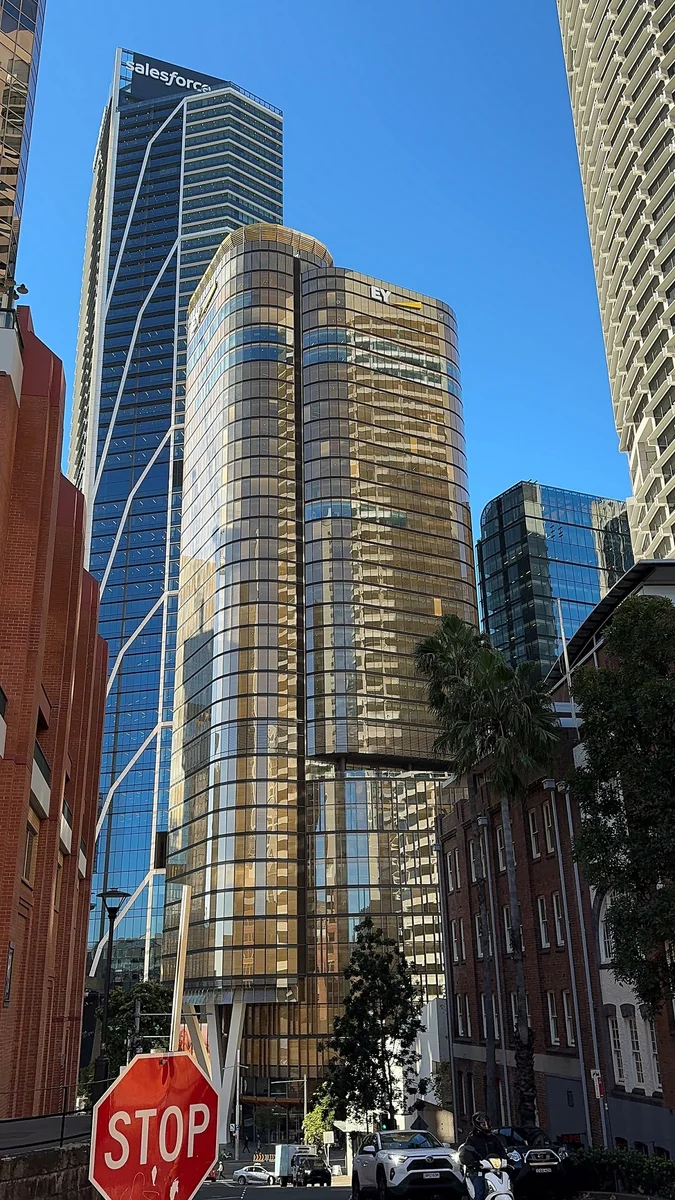
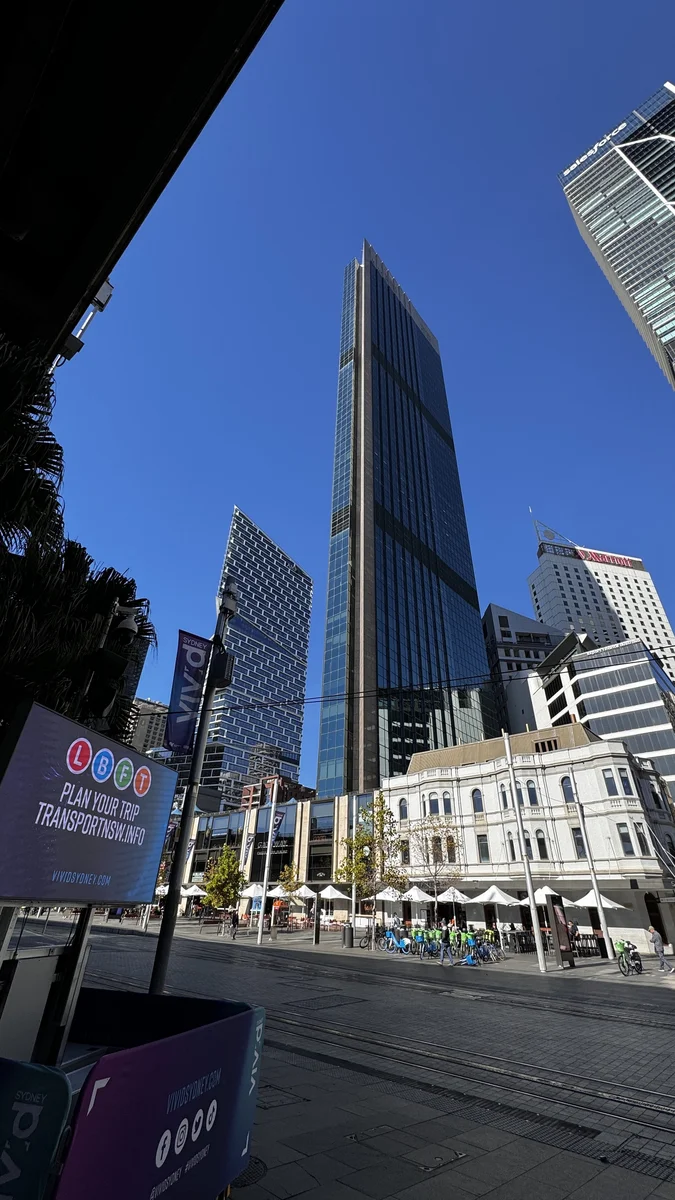
— Regarding the temperament and mentality of Australians, it is worth noting that their smiling doesn't always mean something, but rather is part of the culture of communication.
In conflict situations, Australians prefer to avoid direct confrontation, which may be perceived as ignoring the problem. That is, you cannot quarrel with anyone, even if you don’t like something. You should just accept the situation and walk away silently. Because if you start insisting or putting pressure on them in some way, they will simply go on the defensive and not help you.
They also say that Australians are mainly interested only in what is happening within their country — their curiosity usually does not extend beyond these borders.
Cost of Living in Australia
— Now I’ll tell you about the cost of living in Australia. Public transport costs differently here because each state is a separate territory with its own government and laws. Melbourne and Sydney are similar, but there can be significant differences in other states. To the point that when moving to another state, you need to get a new driver's license and change the license plates on your car.
In Sydney, transport works like this: you can pay for a ticket with a bank card, but you cannot, for example, pay for yourself and your husband using the same card. Everyone must pay on their own. One trip around the city costs 1.75 Australian dollars to the airport — 20 dollars (13 USD).
There is an interesting feature in Melbourne: if you take a bus for two hours, then change to the metro, then back to the bus — all this is considered one trip, and the fee for everything is charged only once. Prices are similar to Sydney.
Gasoline costs around $2 per liter. Plus, toll roads need to be budgeted for transportation costs. This is very important if you are driving from the suburbs to the city center. We have two freeways here: one 69 km is completely toll-free, the second is 229 km, with toll sections. It goes right through the entire city.
That is, depending on how long you drive along it, a fee will be charged. If you go, say, from us to the airport via a toll road, you will need to pay about 8-9 Australian dollars (one way).
If you drive to the city center, you also need to consider parking. Parking costs about 20 dollars (13 USD) per day if it is a weekend and you are going for the whole day. On weekdays, there may be different rates. There are even monthly rates.
Local flights from Melbourne to Sydney for two adults cost around $500 (USD 333). There are no trains here. True, there is a train on which you can travel across the entire country — such a tour for 5–6 days costs 3-4 thousand local dollars. Food included.
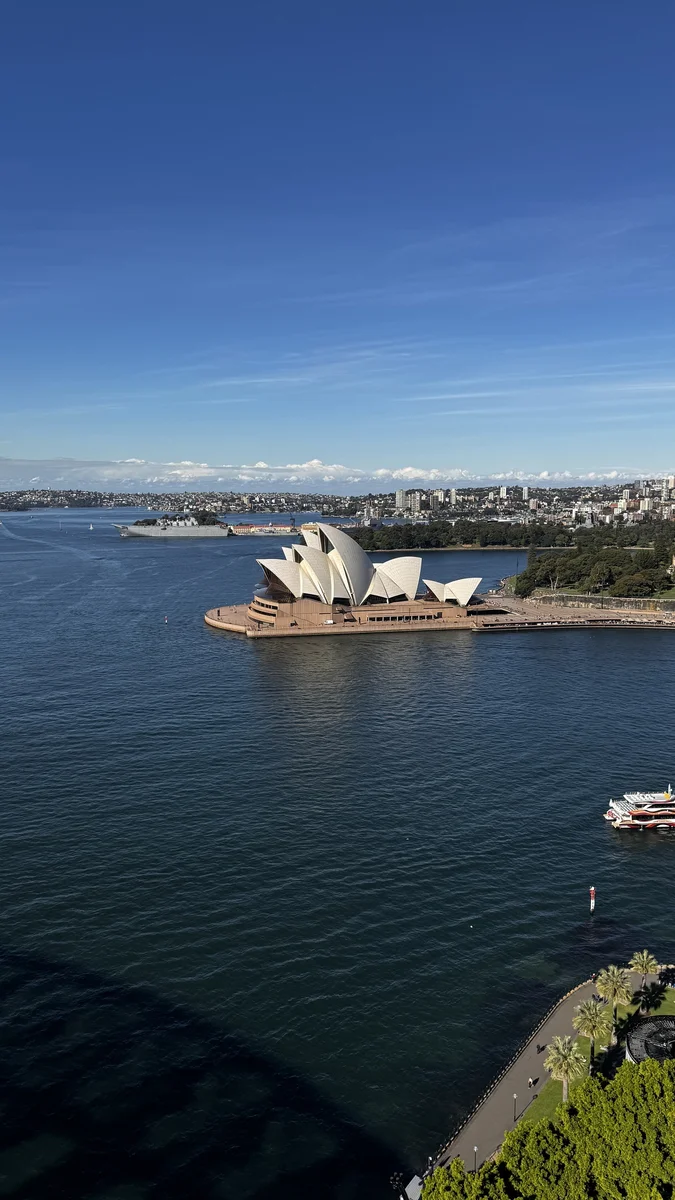
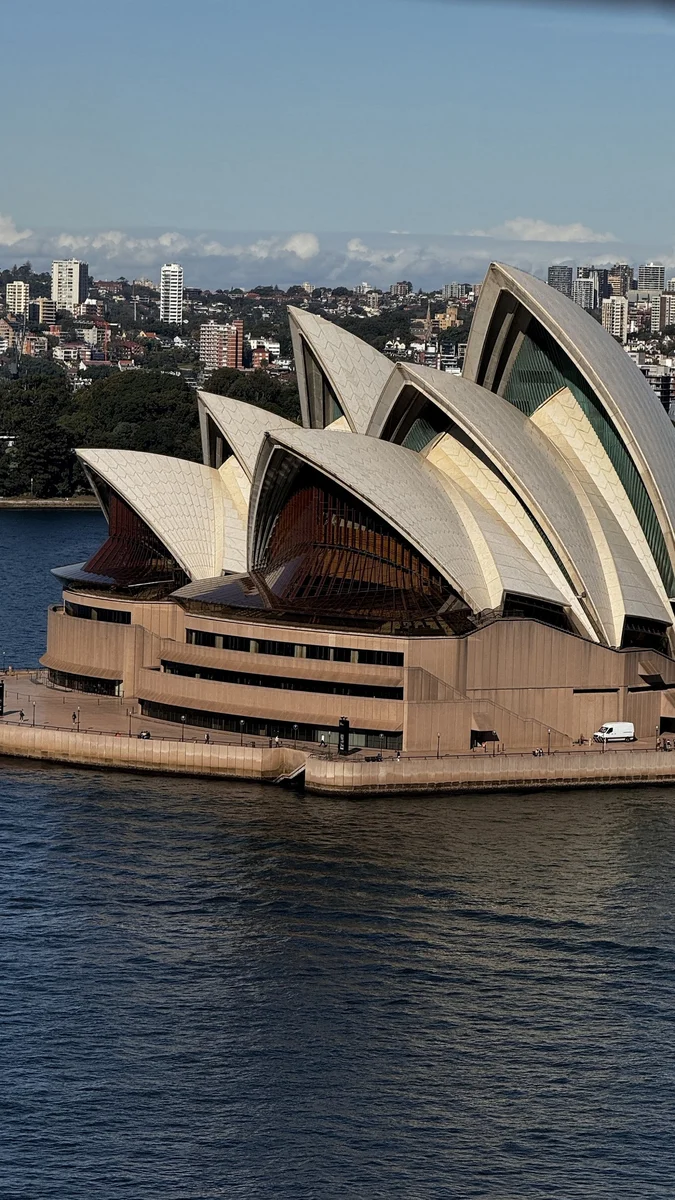
— Food in Australia is relatively expensive. Basic vegetables, such as potatoes, carrots, and beets, cost about $4 per kilogram. Bread can cost anywhere from $2 to $7 depending on quality. At the same time, flour costs about $2 per kilogram. However, dairy products are relatively inexpensive, with a liter of milk costing around $1.60, for example. All the “milk” is very tasty because farming is developed here.
Meat and fish are of good quality, but prices can be high. A kilogram of chicken fillet costs about $10-$11, while salmon fillets on the market can cost up to $36 per kilogram.
However, it is worth noting that the products here are still inexpensive if you compare their prices with the level of local salaries.
Gasoline costs about 2 Australian dollars per liter, that is, approximately 1.3 US dollars.
Home Internet costs from $50 per month, mobile communications are also within these figures.
A manicure with gel polish from Russian-speaking specialists costs 100 dollars (66 USD), while from others it is half the price.
Clothes can be either affordable (in stores like H&M and Zara) or expensive in local brand stores. Prices for dresses from local brands start at $200–300.
Everything related to recreation and tourism is expensive here. The minimum price for a hotel is 200 AUD per day (133 USD). There are, of course, cheaper ones, but these will be motels. Anything more decent will cost 300–400 AUD. It all depends, of course, on the location. Plus, there are a lot of old hotels here without renovation.
One ticket to an amusement park or zoo costs around 30–40 AUD (20–26). A ticket to a regular cinema will cost 13 local dollars (8.6 USD), and to a cinema with IMAX, it will cost about 90 local dollars for two.
How much money do you need to live in Australia? The more, the better, but for a comfortable life, you need two adults working. For a comfortable life, taking into account a mortgage and a child, approximately 15 thousand AUD per month (10,000 USD) is enough. But you can, of course, live on a budget — 7-8 thousand AUD (4667-5335 USD) will be enough for a lifestyle without luxuries.
Do you want to share your personal experience of relocating and living in another country? Email us at info@realting.com. We will be happy to tell your story.
Author
I am responsible for editorial work. I write expert interviews and guides.













